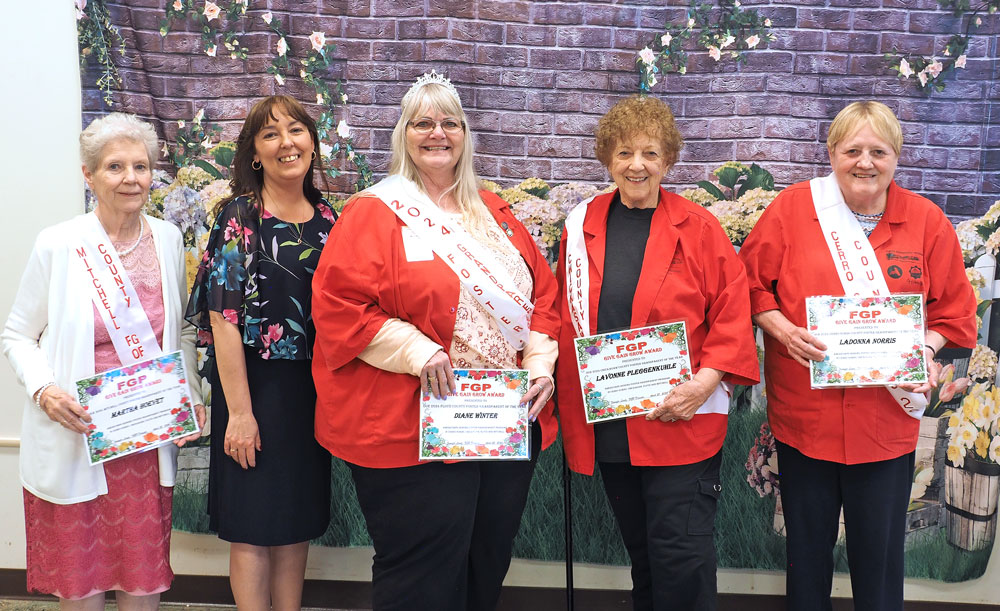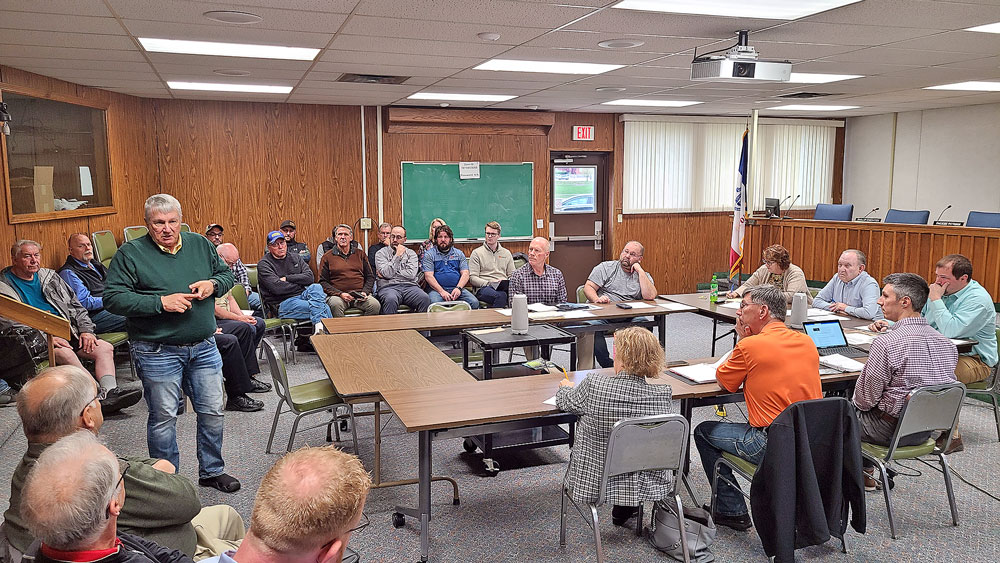Chickasaw County wants to hear about damage from recent storm

By Bob Fenske, editor@nhtrib.com
Chickasaw County officials say it’s important for residents who have suffered home and property damage from the recent floods to file reports if the county has any chance of receiving “individual” assistance from the federal government.
But they are also warning residents that getting that assistance is in all likelihood a longshot despite the fact that parts of the area received more than a foot of a rain during storms that hit the area Aug. 26-28.
“What will happen is that FEMA (the Federal Emergency Management Agency) looks at what we suffered collectively, and that is probably going to be an issue for us here,” said Chickasaw County EMA assistant Bridget Edson,
Gov. Kim Reynolds last week declared five Northeast Iowa counties, including Chickasaw, as disaster areas, which will allow residents to take advantage of the Iowa Individual Assistance Grant Program that provides grants up to $5,000 for households with incomes up to 200 percent of the federal poverty level.
Edson said those who suffered flood damage need to document the damage — taking pictures, saving receipts and gathering estimates — and report those to the Chickasaw County Assessor’s Office by calling 641-394-2813.
“The more we can show, the better chance we would have,” she said. “We want everyone who has any kind of damage to please report it.”
Meanwhile, the county’s engineer said last week that crews are “slowly but surely” repairing damage to county roads but warned residents that as harvest season approaches, many county roads will be far from normal.
“We’re working to get them in drivable condition, but that doesn’t mean they’re going to be normal,” said Dustin Rolando, who is also the Floyd County engineer.
“Our guys have worked really hard this week and they will continue to do so, but at the same time, all this might have happened overnight, but it doesn’t get fixed in a day,” he said.
Rolando said the Secondary Roads Department was able to reopen numerous roads last week, but he cautioned that parts of V54, better known as the Boyd blacktop, will remain closed for at least six weeks as the county waits for a culvert to be delivered.
“Six weeks was the fastest we could get delivery, and there’s just not a lot we can do with that,” he said.
Rolando said his best “guesstimate” is the county suffered around $1 million in road damage, and he’s hoping that the county will receive a presidential disaster declaration so that it can receive federal funds to help with the repair and cleanup costs.
“My worry is that it’s not as bad in some counties as people originally thought,” he said. “We were basically the epicenter in Chickasaw County, but we need to have more, I’d guess you’d say, widespread damage for the declaration.
“It’s one reason I want to be careful with overtime and things like that because until we get that declaration, I don’t want to blow our budget and then find out we’re not getting anything back,” he said.
If the area does receive a presidential disaster declaration, it would almost assuredly receive what is known as public aid that would go to help the county pay to fix damage to its road system. Individual aid that would go to individual property owners would be less likely because of the relatively small number of homes that were damaged during the flood, Edson said.
“That can be the frustrating part, because the people who were affected by floods were obviously really affected,” she said.
Edson also said federal dollars usually can’t be used for basements, although she believed funds from the state can be earmarked to help residents who suffered extensive damage to their basements.
The federal government “doesn’t consider basements so-called living areas, although obviously, here in the Midwest, a lot of us do have rooms — living rooms, bedrooms, etc. — in our basement that we live in,” she said.








Social Share